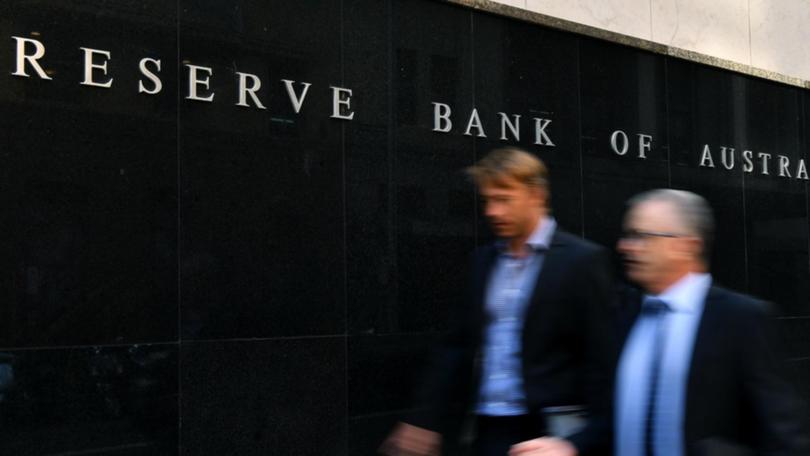Australia’s inflation, retail sales kick off 2025 economic calendar before Reserve Bank meeting in February

The first key economic releases of 2025 are set to start flowing, headlined by monthly inflation numbers.
Borrowers have been hoping a weaker consumer price index reading could bolster the case for an interest rate cut at the Reserve Bank of Australia’s first meeting of the year in February.
Wednesday’s consumer price index for November will contain important details but the central bank usually puts more emphasis on the comprehensive quarterly release, which is due later in January.
Sign up to The Nightly's newsletters.
Get the first look at the digital newspaper, curated daily stories and breaking headlines delivered to your inbox.
By continuing you agree to our Terms and Privacy Policy.National Australia Bank economists expect the November headline consumer price index to rise 2.4 per cent year-on-year, from 2.1 per cent in October.
The financial market consensus is for a reading of 2.2 per cent.
The Australian Bureau of Statistics report is likely to reflect a partial unwinding of electricity subsidies and the impact of higher fuel prices, NAB said.
But the trimmed mean measure, which is better insulated from electricity subsidies and other temporary or volatile factors, could ease to 3.4 per cent year-on-year, from 3.5 per cent previously.
NAB senior markets economist Taylor Nugent said the central bank was inclined to “look through” the influence of electricity rebates on inflation data outcomes.
“The optics of December quarter inflation (due on January 29) will be better than the substance, but even so inflation progress looks on track to outpace the RBA’s November caution,” he wrote in a note.
The labour market remains a source of uncertainty after the last set of strong data was complicated by central bank remarks suggesting the market was not as unsustainably tight as previously thought.
“The door is open to a February cut, but the broader data backdrop and the RBA’s only modestly restrictive policy setting mean NAB continues to see May as the more likely starting point,” Mr Nugent said.
The central bank will announce its next decision on interest rates on February 18.
Economists will also be watching November retail sales figures due on Thursday, which will be buttressed by consumers taking advantage of Black Friday sales.
The Australian Bureau of Statistics will also release building approvals data for November on Tuesday.
Other releases of interest include job vacancies on Wednesday, international goods trade on Thursday and a monthly household spending indicator on Friday.
Meanwhile, the Australian stock exchange is expected to open stronger on Monday after Wall Street ended sharply higher on the back of heightened expectations of interest rate cuts in the US.
The US Dow Jones Industrial Average rose 339.86 points, or 0.80 per cent, to 42,732.13, the S&P 500 gained 73.92 points, or 1.26 per cent, to 5,942.47 and the Nasdaq Composite gained 340.88 points, or 1.77 per cent, to 19,621.68.
The broad US rally on Friday was supported by gains in growth companies such as Tesla and Nvidia putting the tech-heavy Nasdaq on the front foot.
The most active ASX SPI200 futures index rose 23 points, or 0.27 per cent, to 8264 at the weekend, setting the scene for a better start to the week.
On Friday, the benchmark S&P/ASX200 index finished 49.3 points higher at 8,250.5 - a gain of 0.6 per cent - while the broader All Ordinaries rose 46.9 points, or 0.55 per cent, to 8,511.9.
